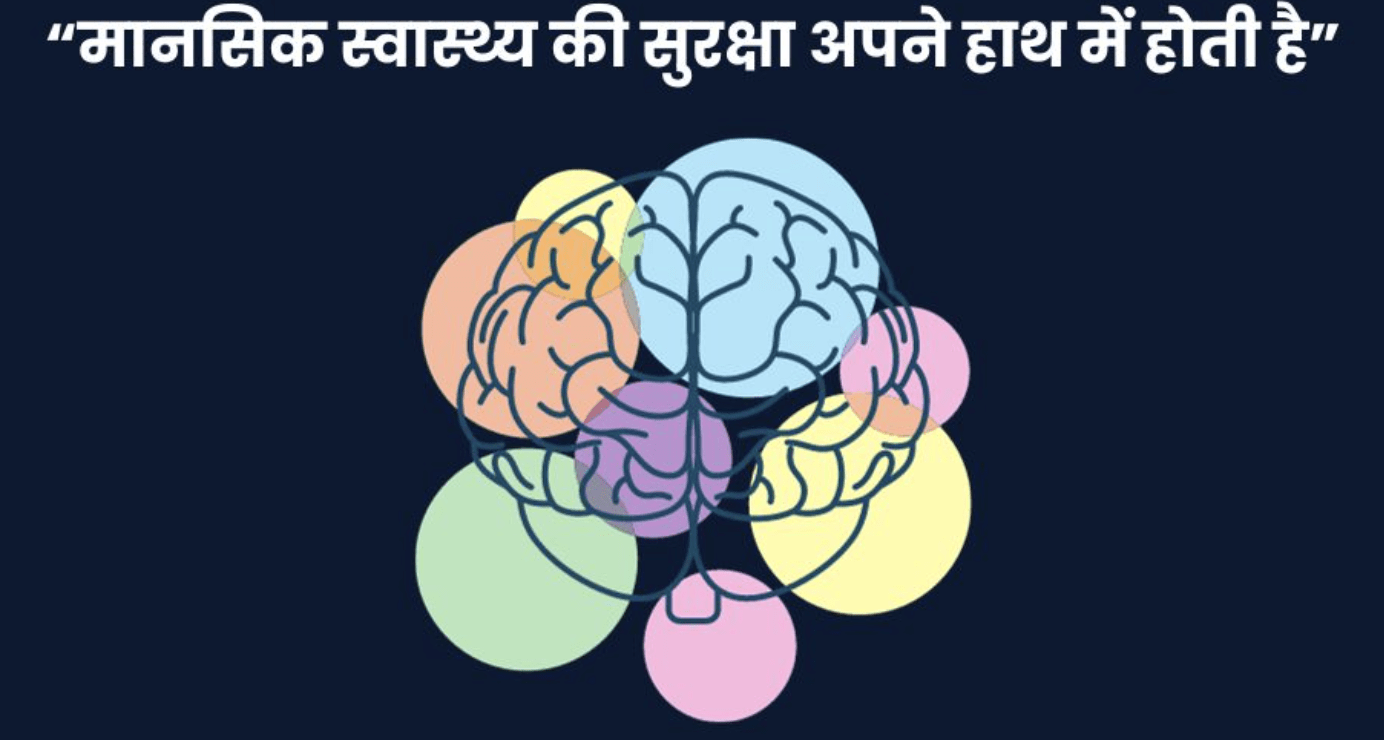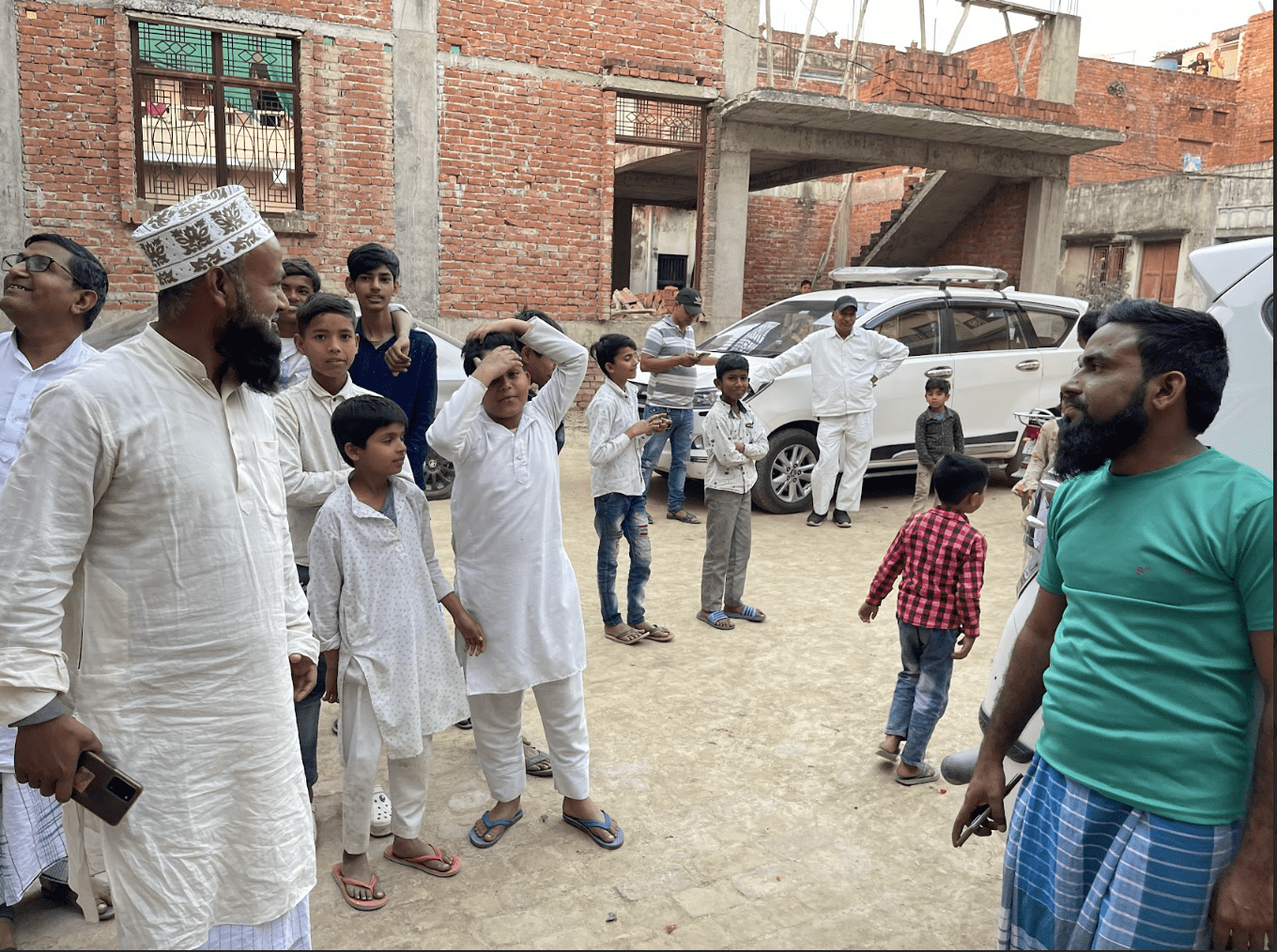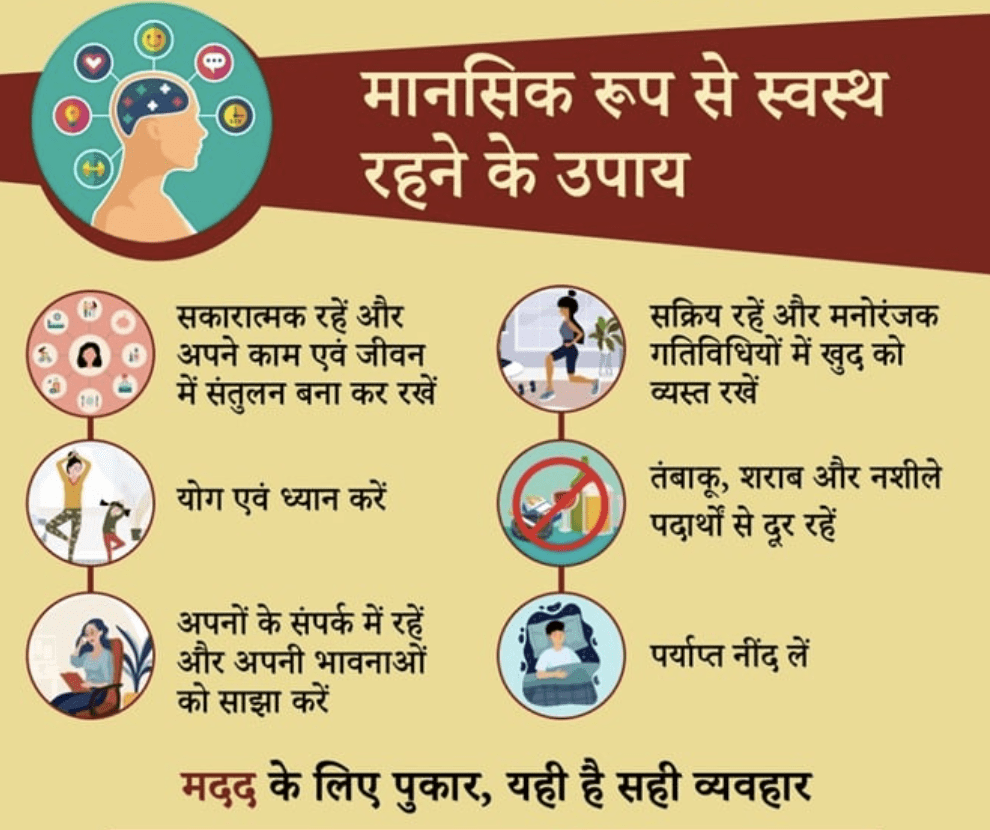Time: 4X75 min.
 Step 1. Individually, students view short interview clips from a weavers’ village, Janta Bazar Basti, close to Varansi (clip 1, clip 2, clip 3, clip 4, clip 5, clip 6). In small groups, students brainstorm about 5+ strategies to stay positive based on the video content.
Step 1. Individually, students view short interview clips from a weavers’ village, Janta Bazar Basti, close to Varansi (clip 1, clip 2, clip 3, clip 4, clip 5, clip 6). In small groups, students brainstorm about 5+ strategies to stay positive based on the video content.
Step 2. Teacher explains passive voice in the context of wellness and mental health: form — transitive verb in the perfective participle form + जाना; use — in in different time frames, meaning — focus on action performed, not by whom (के द्वारा). In their groups, they brainstorm andwrite sentences using the new structure about मन पर नकारात्मक भावनाओं का प्रभाव – (4-5 समस्याएँ समझाएँ)
Step 3. Teacher shows निगेटिव विचार कैसे ख़तम किये जाते हैं?
mm:ss mm:ss
segment 1 – 01:29 to 02:41 – worksheet 1
segment 2 – 02:55 to 05:19 – worksheet 2
segment 3 – 05:20 to 07:10 – worksheet 3
segment 4 – 07:11 to 09:50 – worksheet 4
Vocabulary for each section is provided on a google doc and after viewing each segment, students look at the vocabulary and summarize the main idea of these segments in 2-3 sentences on the same google doc under their names. Google doc links for vocabulary items and sample of classwork:
Step 4. In pairs, students discuss the side effect of negative emotions on mental health and countermeasures and use जब… तब… sentences.
Step 5. The teacher explains passive subjunctive. In pairs, students read the flyer below and transform several verb forms into passive subjunctive. In addition, they elaborate each sentence with a why clause (क्यूँकि ). They add 5+ new ideas to the flyer. They use: (a) passive subjunctive and (b) क्योंकि clause.
Step 6. Then they share them in a Gallery Walk.
Homework: Students record a video advisory notes on how to keep positivity and emotional wellness based on the flyer.
